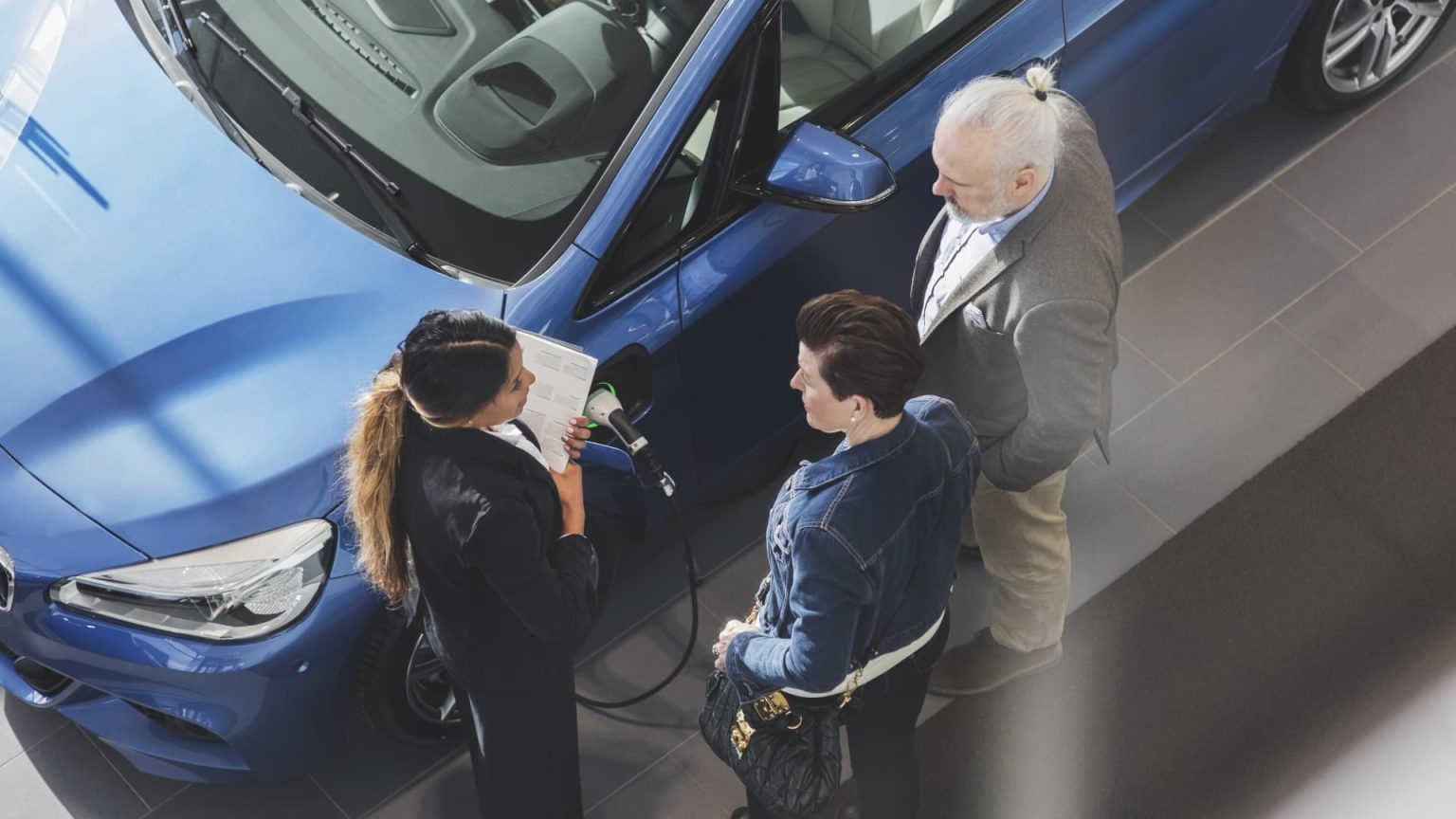The Treasury Department has reported that around 90% of Americans purchasing qualifying new electric vehicles are choosing to receive the associated tax credit upfront from the car dealer rather than waiting until tax season. This tax credit, which can be worth up to $7,500, is provided to consumers as an advance payment, facilitated by dealers and reimbursed by the IRS. Not all buyers will receive the full $7,500, depending on the type of car purchased, but advance payments ensure that eligible buyers receive the full value regardless of tax liability. The provision for advance payments came into effect on January 1, allowing consumers to benefit from the tax credit immediately after purchasing an electric vehicle.
The advance payment provision has proven to be popular among consumers, with car dealers having filed approximately 100,000 reports for new and used EV purchases to signal eligibility for the tax credit since January 1. The Treasury Department has issued over $580 million in advance payments to consumers, with demand remaining high months after the implementation of the new provision. Advance payments are also available for purchases of used electric vehicles, with a credit worth up to $4,000. This financial mechanism has allowed American consumers to save significant amounts of money through upfront tax credits on their EV purchases.
Despite the popularity of advance payments, there are some caveats to consider. Not all car dealers are currently participating in this program, with around 13,000 dealers having registered with the IRS Energy Credits Online portal to facilitate financial transfers to consumers. This accounts for a portion of the total number of franchised retail car dealers in the U.S., indicating that not all dealerships are yet offering advance payments. Additionally, not all electric vehicles and consumers will qualify for the tax credit, as there are manufacturing requirements for new EVs that limit the models eligible for a full or partial tax credit.
The Inflation Reduction Act has set certain criteria for new EVs to qualify for the tax credit, including income limits for households and thresholds on the sticker price of the electric vehicle. Currently, there are 36 new EV models available for a tax break in 2024, manufactured by companies such as Acura, Audi, Cadillac, Chevrolet, Ford, Honda, Nissan, Tesla, and Volkswagen. Some models qualify for half of the tax credit amount, at $3,750, rather than the full $7,500. These requirements are intended to encourage more domestic production of electric vehicles and ensure that the tax credits are utilized by buyers who meet the specified criteria.
The advance payment provision has allowed eligible buyers to receive their tax credits immediately after purchasing an electric vehicle, rather than waiting until the following tax season to claim the benefit. This has resulted in substantial savings for American consumers, with the Treasury Department issuing hundreds of millions of dollars in advance payments since the provision came into effect. While there are some limitations and caveats to consider, the popularity of advance payments indicates a positive response from consumers and dealers towards this new financial mechanism for promoting the adoption of electric vehicles. As more dealers participate and more models become eligible for tax credits, this initiative could further incentivize the transition to cleaner and more sustainable vehicles in the U.S.


